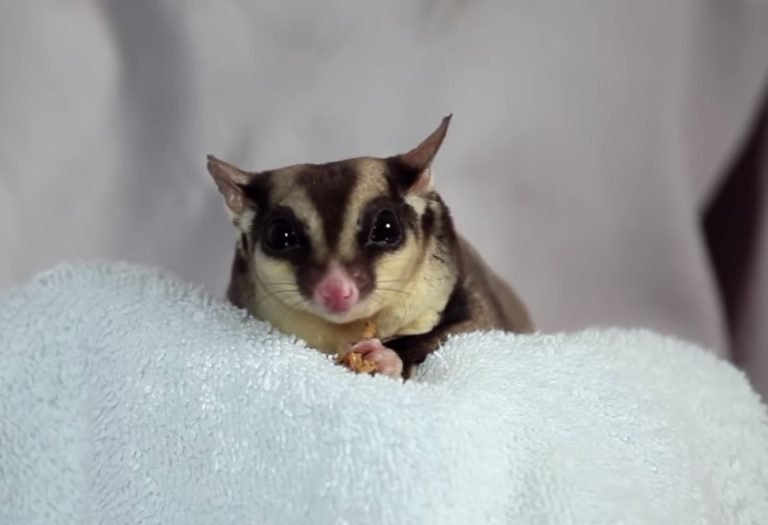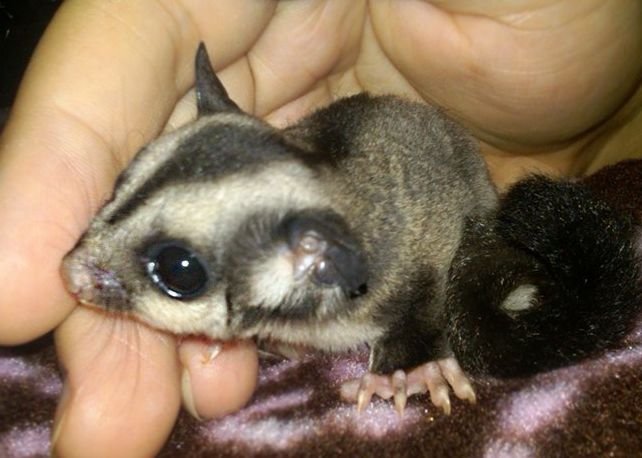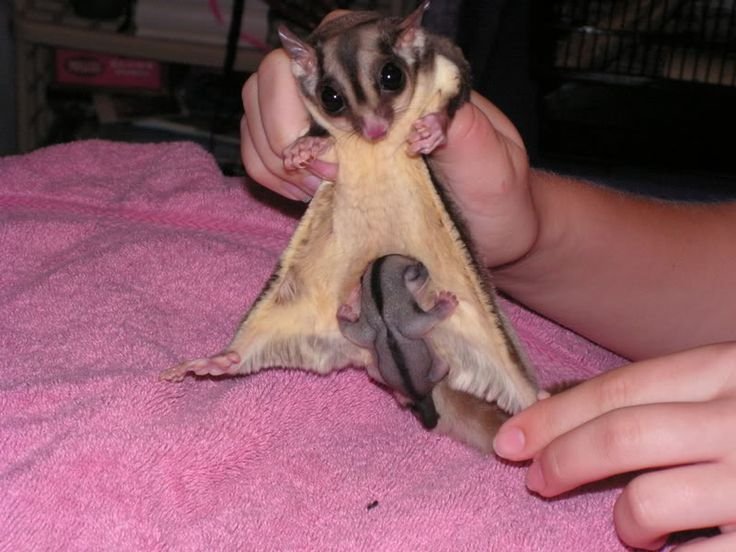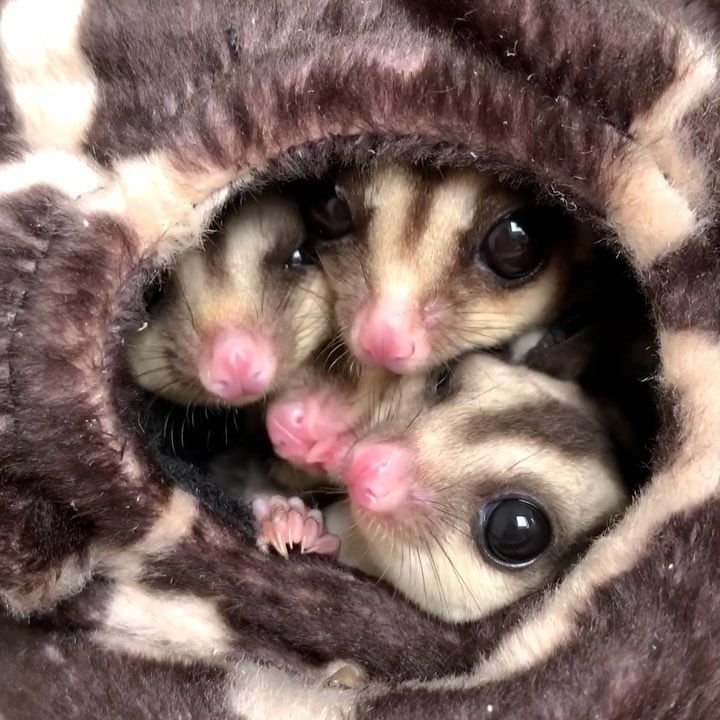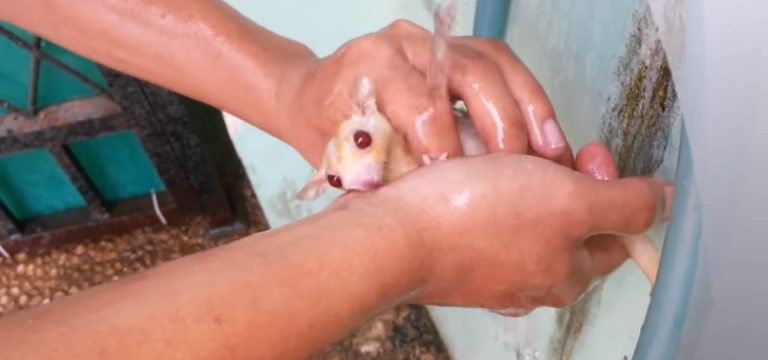How To Discipline A Sugar Glider
How to Discipline a Sugar Glider: A Complete Guide
Are you a sugar glider owner who is struggling to discipline your adorable little pet? While sugar gliders are known for their playful and sociable nature, they can also exhibit undesirable behaviors that may require some form of discipline. In this comprehensive guide, we will explore effective methods to discipline your sugar glider while ensuring their happiness and well-being.
Sugar gliders are intelligent creatures with specific needs and instincts. Understanding their behavior and providing appropriate training is essential for a harmonious relationship. Let’s dive into the various aspects of disciplining a sugar glider.
Understanding Sugar Glider Behavior
Before delving into the methods of discipline, it’s crucial to comprehend the underlying reasons behind your sugar glider’s behavior. Here are a few common behaviors exhibited by sugar gliders:
1. Biting: Sugar gliders may bite due to fear, stress, or discomfort. It’s essential to identify the root cause and address it accordingly.
2. Nipping: Nipping is a form of exploration for sugar gliders. They might nip during play, grooming, or testing boundaries.
3. Vocalizations: Sugar gliders use vocalizations to communicate. Understanding their various sounds, such as barking or hissing, can help you interpret their needs and emotions.
4.Chewing: Sugar gliders have a natural instinct to chew to maintain their dental health. However, this behavior can be destructive when not directed towards appropriate objects.
Positive Reinforcement Training

One of the most effective methods to discipline a sugar glider is through positive reinforcement training. By rewarding desirable behaviors, your sugar glider will learn to associate them with positive experiences. Here are some steps to implement positive reinforcement training:
1. Identify desired behaviors: Start by identifying the behaviors you want to encourage, such as using the litter box or not biting during playtime.
2. Choose appropriate rewards: Sugar gliders are motivated by treats, such as small pieces of fruits like grapes or blueberries. Use these treats as rewards for good behavior.
3. Timing is crucial: Immediately reward your sugar glider when they display the desired behavior. This will reinforce the association between the behavior and the reward.
4. Consistency is key: Ensure that you consistently reward the desired behavior. Over time, your sugar glider will learn that behaving appropriately leads to positive outcomes.
Redirecting Undesirable Behaviors
While positive reinforcement training is effective in promoting good behavior, it’s equally important to redirect and discourage undesirable behaviors. Here are some methods to redirect your sugar glider’s behavior effectively:
1. Distraction: When your sugar glider engages in unwanted behavior, redirect their attention to an alternative activity or toy. This helps divert their focus away from the undesirable behavior.
2. Socialization: Sugar gliders are highly social animals. Introduce them to positive interactions with other sugar gliders or establish bonding time with you to reduce stress and unwanted behaviors.
3. Training exercises: Teach your sugar glider basic commands, such as “come” or “stay.” This helps establish boundaries and promotes obedience.
4. Environmental modifications: Sugar gliders need an enriched environment. Provide them with appropriate chew toys, climbing structures, and hiding spots to deter destructive behaviors.
Handling Aggressive Behavior
In rare cases, sugar gliders may display more aggressive behaviors that require additional attention. If your sugar glider consistently exhibits aggressive behaviors such as biting or excessive aggression towards others, it’s essential to address the issue promptly. Here are some steps to handle aggressive behavior:
1. Seek veterinary advice: First and foremost, consult a veterinarian to rule out any underlying health issues that may be causing the aggressive behavior.
2. Identify triggers: Observe and identify triggers that lead to aggressive behavior, such as certain sounds or interactions. Minimize or avoid these triggers if possible.
3. Gradual desensitization: Introduce triggers in a controlled and gradual manner to desensitize your sugar glider. Reward calm and positive behavior during these exposures.
4. Consult an animal behaviorist: If the aggressive behavior persists, seeking guidance from an animal behaviorist who specializes in sugar gliders can be beneficial.
Frequently Asked Questions
1: Can I punish my sugar glider for bad behavior?
No, punishment is not recommended for disciplining sugar gliders. Punishment can cause fear and stress, which may worsen undesirable behaviors. Positive reinforcement and redirection are more effective and humane approaches.
2: How long does it take to discipline a sugar glider?
The timeline for disciplining a sugar glider can vary depending on the individual glider, their previous experiences, and the consistency of training. It’s important to be patient and consistent throughout the training process, as it may take several weeks or even months to see significant progress.
3: Should I discipline my sugar glider when they bite?
Rather than punishing your sugar glider for biting, focus on identifying the root cause of the behavior. Biting is often a result of fear or discomfort. Redirect their attention and address the underlying issue to prevent further biting incidents.
4: Is it necessary to discipline a sugar glider?
Discipline for sugar gliders is more about establishing boundaries, promoting appropriate behaviors, and ensuring their overall well-being. While it’s important to address undesirable behaviors, it’s equally essential to provide a nurturing and enriched environment for your sugar glider’s physical and mental health.
Final Thoughts
Disciplining a sugar glider requires patience, understanding, and a commitment to positive reinforcement. By implementing the methods discussed in this guide and maintaining a consistent training routine, you can foster a harmonious bond with your sugar glider while encouraging positive behaviors. Remember, discipline should never involve punishment, but rather focus on redirection and reinforcement for a happy and well-behaved sugar glider.


